OpenAI introduced Aardvark—an autonomous security research agent built on GPT-5—on October 30, 2025, marking a significant advance in AI-powered cybersecurity. The tool operates continuously to identify, verify, and remediate software vulnerabilities, representing what the company calls a “defense-first model” in the escalating battle against cyber threats.
Revolutionary Approach to Vulnerability Detection
Unlike traditional security tools that rely on fuzzing or software composition analysis, Aardvark leverages large language model capabilities to understand code behavior and identify vulnerabilities similarly to how human security researchers work. The agent achieved a 92% detection rate in tests on repositories containing known and artificially injected vulnerabilities.
“Aardvark works by monitoring commits and changes to the codebase, identifying vulnerabilities, how they can be exploited, and proposing fixes,” OpenAI’s announcement states. The system has already discovered multiple vulnerabilities in open-source projects, with ten receiving official Common Vulnerabilities and Exposures (CVE) identifiers.
The agent functions through a multi-stage pipeline, beginning with threat modeling for entire repositories, followed by scanning commits against its security framework. When potential vulnerabilities are detected, Aardvark attempts to reproduce them in isolated sandboxes to confirm exploitability, reducing false positives that typically plague development teams.
This approach fundamentally differs from static analysis tools that flag suspicious patterns without understanding context. By comprehending code behavior and potential attack vectors, Aardvark theoretically reduces noise while catching subtle vulnerabilities that pattern-matching misses. The 92% detection rate suggests this approach works, though real-world performance across diverse codebases will prove more challenging than controlled tests.
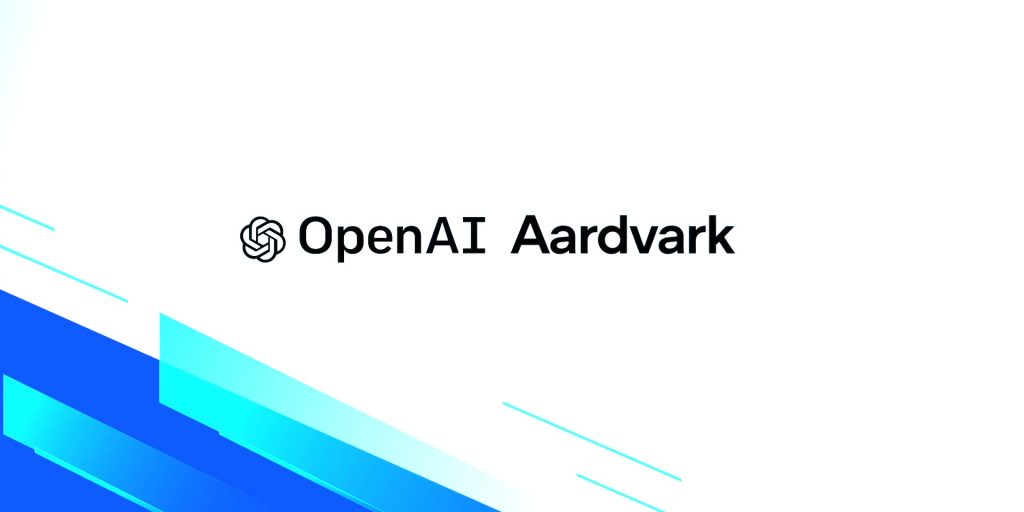
Enterprise Adoption and Market Context
While Aardvark itself remains in closed beta, enterprise adoption of AI security tools is accelerating rapidly. Recent data from Cyberhaven Labs shows 27.7% of enterprises deploy AI-powered tools within days of release, with adoption rates reaching 67% in technology sectors, 50% in pharmaceuticals, and 40% in finance. This trend indicates strong enterprise interest in AI-driven security solutions.
The security challenges Aardvark addresses prove substantial—over 40,000 CVEs were registered in 2024 alone. OpenAI’s internal testing indicates approximately 1.2% of commits contain bugs, highlighting the scale of the vulnerability problem.
These statistics reveal the overwhelming volume of security work facing development teams. Manual security reviews can’t scale to catch every vulnerability in modern software development where teams push hundreds or thousands of commits daily. Automation becomes necessary, but traditional tools generate so many false positives that developers learn to ignore alerts. Aardvark’s sandbox verification approach potentially solves this by confirming exploitability before alerting teams.
Technical Architecture and Workflow Integration
For patch application, Aardvark integrates with OpenAI Codex to generate fixes, which then undergo review and attachment to findings for developer approval. The system is designed for seamless integration with GitHub workflows, providing continuous security scanning without disrupting development processes.
The multi-stage pipeline beginning with repository-wide threat modeling demonstrates sophisticated understanding of software architecture. Rather than examining individual functions in isolation, Aardvark apparently builds mental models of entire systems to understand how components interact and where trust boundaries exist. This holistic approach mimics how experienced security researchers think about applications.
The sandbox verification step proves critical for reducing false positives. Many static analysis tools flag potential issues that prove unexploitable in practice due to mitigating factors the tools don’t understand. By actually attempting exploitation in isolated environments, Aardvark confirms vulnerabilities are real before alerting developers. This verification dramatically improves signal-to-noise ratio compared to tools that alert on suspicious patterns without confirmation.
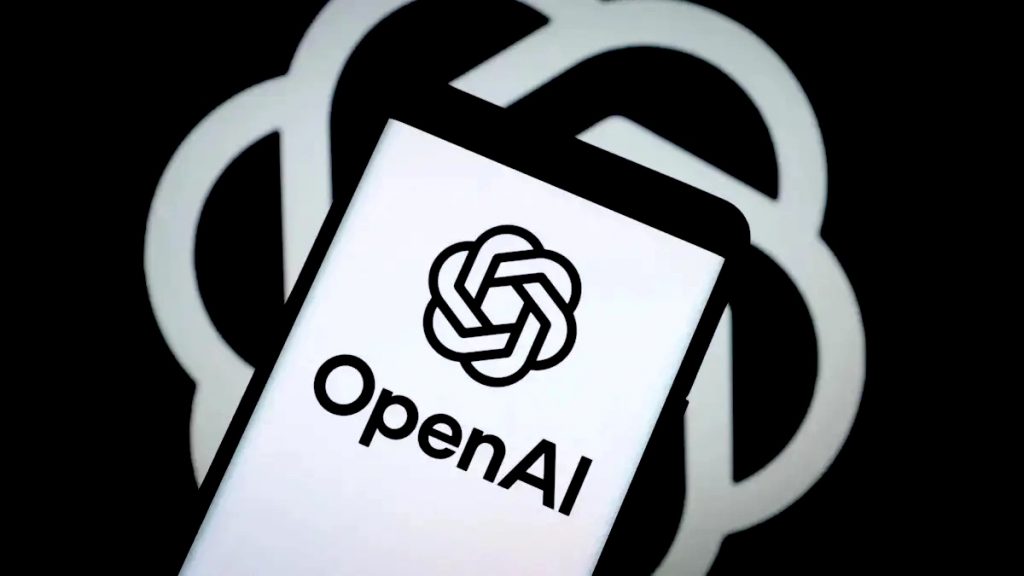
GPT-5 Foundation and Capabilities
The use of GPT-5 as the foundation positions Aardvark at the cutting edge of language model capabilities. While OpenAI hasn’t publicly detailed GPT-5 specifications, its application to security research suggests substantial improvements in code understanding and reasoning compared to GPT-4.
Security research requires combining multiple cognitive skills—understanding code semantics, reasoning about potential attack vectors, maintaining context across large codebases, and generating exploit proofs-of-concept. Each of these tasks challenges current AI systems. GPT-5 apparently handles them well enough to achieve 92% detection rates, though this figure likely represents performance on specific test sets rather than general capability across all vulnerability types.
The ten CVE assignments for vulnerabilities Aardvark discovered in open-source projects provide external validation. CVE identifiers aren’t assigned casually—they require demonstrable security impact in real-world software. That Aardvark found previously unknown vulnerabilities serious enough to warrant CVEs suggests the system genuinely contributes to security improvement rather than just replicating existing tool capabilities.
Closed Beta Implications and Access Strategy
The closed beta designation indicates OpenAI is limiting initial access while gathering feedback and refining capabilities. This cautious rollout makes sense for security tooling where false negatives (missing real vulnerabilities) or false positives (flagging benign code) both carry significant consequences.
Organizations interested in beta access will likely need to demonstrate appropriate use cases, security expertise to interpret findings, and willingness to provide feedback on accuracy and utility. OpenAI may prioritize open-source projects where Aardvark’s findings can benefit broader communities, or enterprise customers with significant security budgets and mature development practices.
The beta period also allows OpenAI to refine pricing models before general availability. Security tools face complex pricing considerations—per-repository subscriptions, usage-based models tied to scans or findings, or seat-based licensing for team members. Which model OpenAI chooses will significantly impact adoption across different organization sizes and types.
Market Competition and Differentiation
Aardvark enters a crowded security tooling market with established players like Snyk, Veracode, Checkmarx, and numerous open-source alternatives. Differentiation based on AI-powered analysis provides competitive positioning, but sustained advantage requires demonstrating materially better detection rates, fewer false positives, or meaningfully reduced time-to-remediation compared to existing tools.
The integration with Codex for automated fix generation potentially provides unique value. Most security tools identify problems but leave remediation entirely to developers. If Aardvark generates high-quality, context-appropriate fixes that developers can apply with minimal modification, it reduces the burden of addressing vulnerabilities and accelerates security improvements.
However, automated fix generation introduces risks. Poorly generated patches might introduce new vulnerabilities, break functionality, or create technical debt. The requirement for developer review and approval before applying fixes mitigates these risks but also limits time savings if developers must carefully audit every proposed change.
Broader Implications for Software Security
Aardvark represents OpenAI’s bet that language models can meaningfully contribute to software security beyond existing approaches. If successful, the tool could shift security left in development processes, catching vulnerabilities before code reaches production rather than discovering issues through penetration testing or worse, active exploitation.
The continuous monitoring approach—scanning commits as they occur rather than periodic audits—aligns with modern DevOps practices emphasizing rapid iteration. Security checks integrated into daily workflows prove more effective than annual assessments that quickly become outdated as codebases evolve.
Whether Aardvark delivers on its promise depends on real-world performance across diverse codebases, languages, and vulnerability types. The 92% detection rate in controlled tests provides a strong baseline, but production environments present complexity and edge cases that test datasets may not capture. The closed beta period will reveal whether Aardvark’s approach scales to the messy reality of enterprise software development.
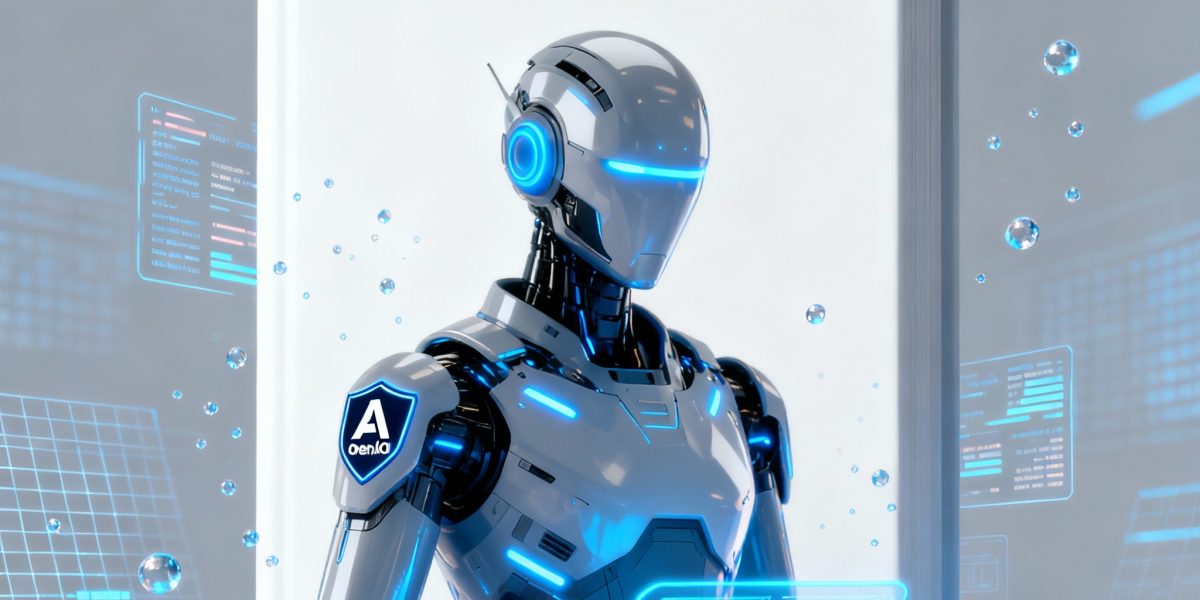
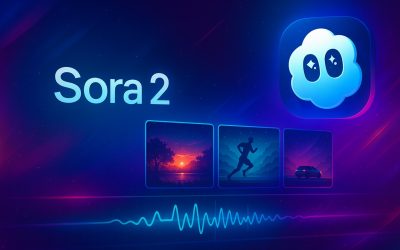

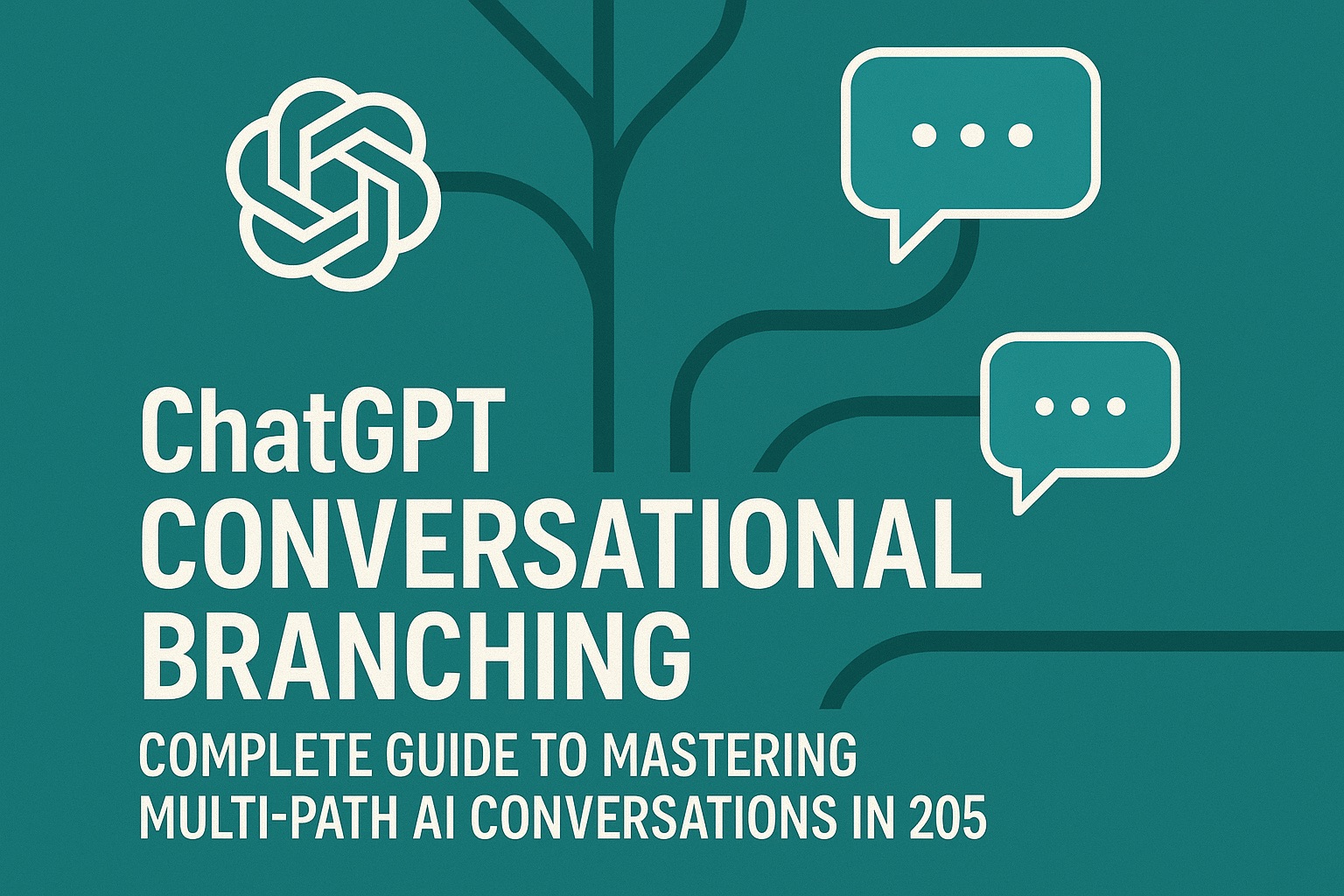
Post a comment